17 Adorable Dog Breeds You Didn’t Know Were Scottish
Scotland is known for its misty landscapes, centuries-old traditions, and, surprisingly, its incredible contributions to the canine world. Many dog breeds we recognize today trace their roots back to the rugged hills and bustling farms of Scotland. They were usually bred for specific tasks like herding, hunting, or guarding but have evolved into loyal companions. Let’s go through some of the most unique Scottish dog breeds and find out what makes each one so special.
Bearded Collie
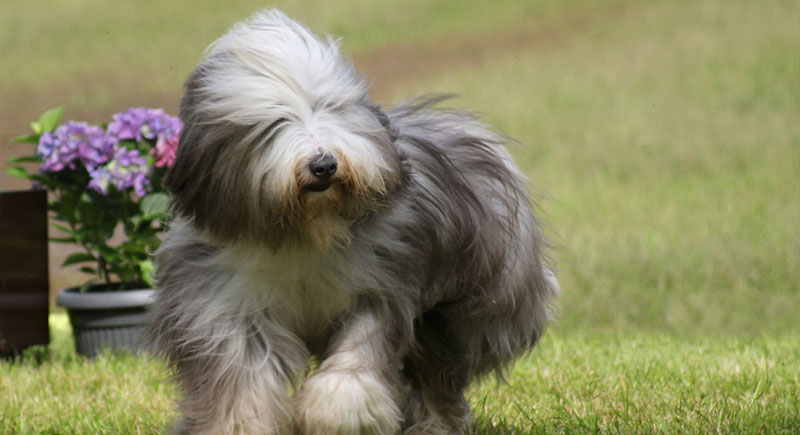
Credit: flickr
The Bearded Collie has been working the hills of Scotland for centuries, often nicknamed the “bouncing Beardie” for the way they leap to spot sheep in tall heather. These dogs are known for their independence and often make decisions on their own while guiding flocks. Historically, they worked tirelessly in Scotland’s unpredictable weather, where their dense double coats offered protection from wind and rain.
Border Collie
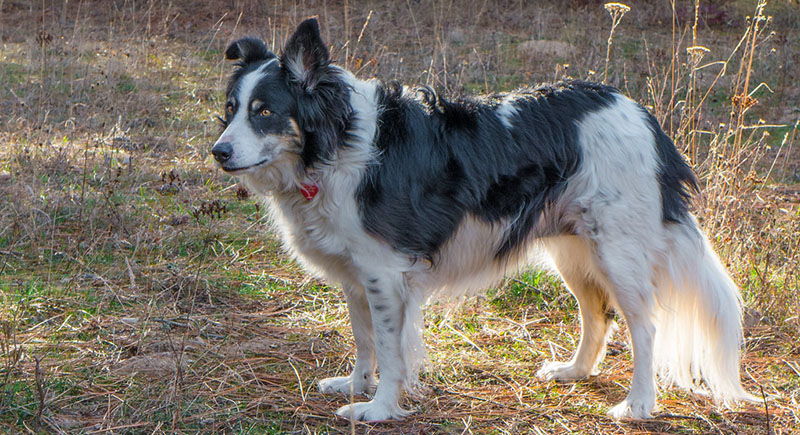
Credit: flickr
Border Collies are legends among working dogs. They have an innate ability to manage even the most stubborn livestock. One of the most remarkable facts about Border Collies is their “eye,” a concentrated stare they use to intimidate sheep into submission. These dogs were developed along the Scottish-English border and excel at covering vast distances, often clocking in miles of running each day without breaking a sweat.
Rough Collie
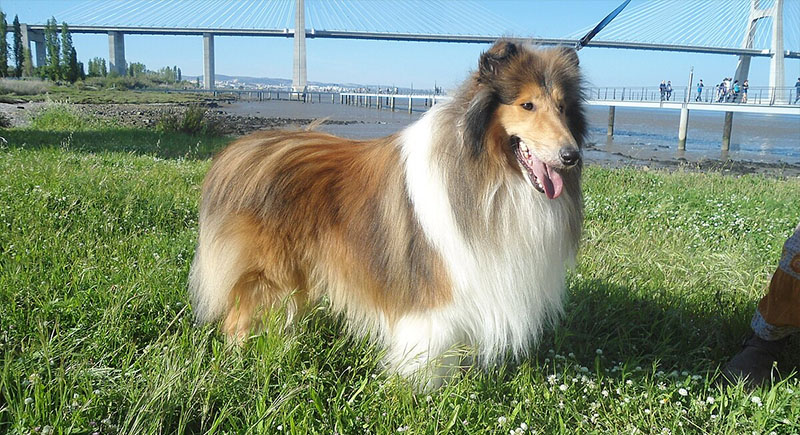
Credit: Wikimedia Commons
When most people think of the Collie, Lassie often comes to mind. But the traditional Collie, distinguished by its long, elegant coat, has roots tracing back to working farms in the Highlands. These dogs were particularly valued as sheep farming expanded. They were taught to respond to subtle hand signals that allowed them to work quietly without startling the flock.
Golden Retriever
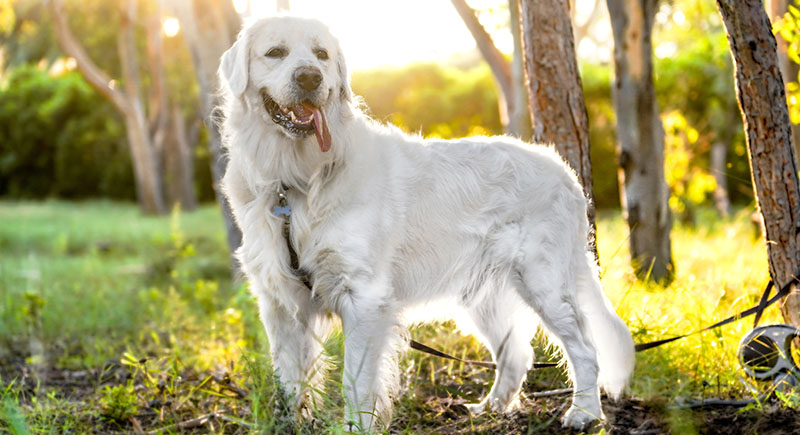
Credit: freepik
The globally recognized and loved Golden Retrievers we know today were bred by Lord Tweedmouth in the mid-1800s to combine the strengths of several breeds and create the ideal hunting companion. Their golden coats were deliberately chosen to blend into the autumnal landscape of the Scottish Highlands and thus make them less visible to waterfowl. Early Golden Retrievers were even tested for their swimming abilities in icy lakes.
Gordon Setter
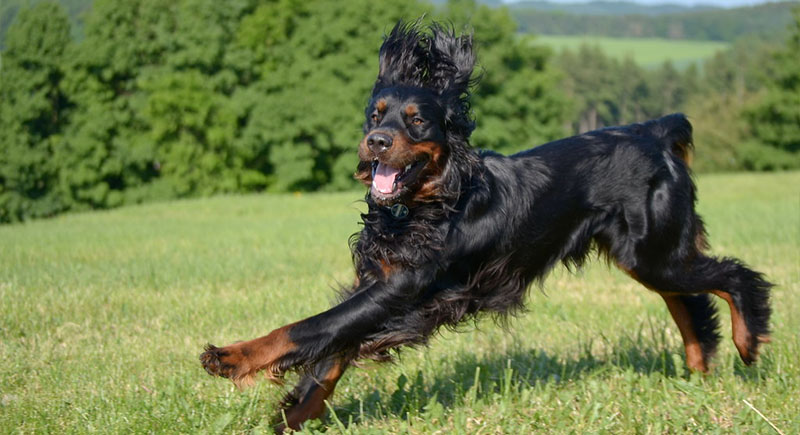
Credit: flickr
Named after the Duke of Gordon, Gordon Setters were bred in the 17th century for hunting game birds like grouse. Their focus and stamina are truly impressive—they’re not the fastest dogs but can work tirelessly all day without losing concentration. Plus, their distinct black-and-tan coat provides excellent camouflage in the dense woodlands of Scotland.
Sporting Lucas Terrier
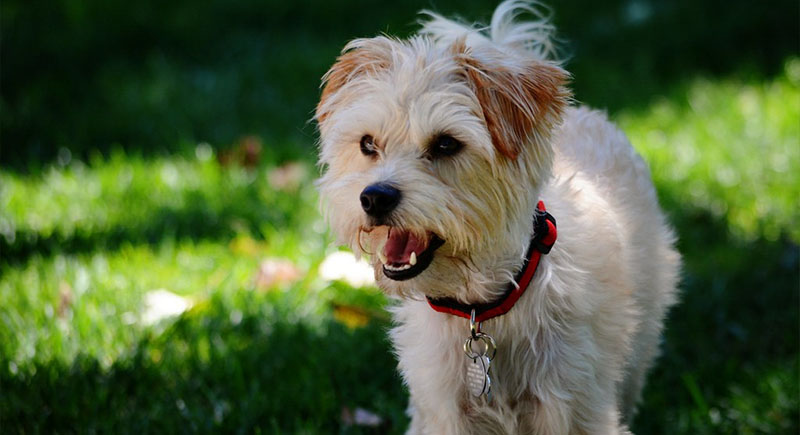
Credit: flickr
You may not have heard of the Sporting Lucas Terrier, mostly because it was bred for function over form. These terriers were developed in Scotland to hunt in tight burrows and chase rabbits and other small game. Their compact size and wiry coat made them ideal for navigating rugged terrain.
Sleuth Hound
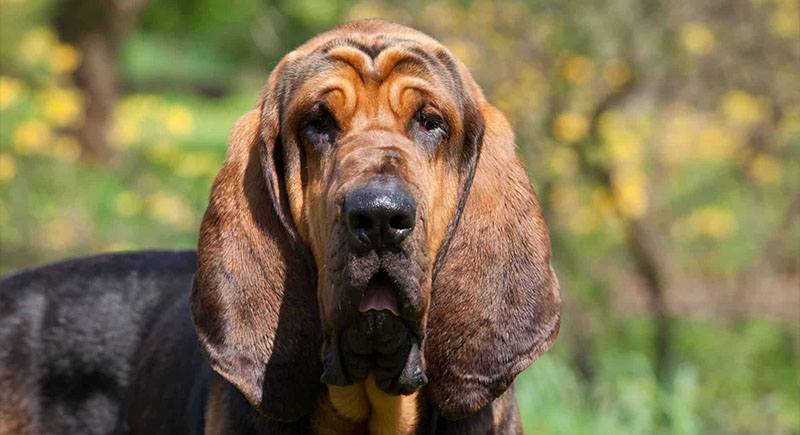
Credit: Instagram
Though often associated with their remarkable tracking abilities, Sleuth hounds have a long history in Scotland, where they were originally used to track deer and wild boar. Their sense of smell is so powerful that they can follow a trail more than 12 days old. The results from their trailing are even admissible in a court of law.
Cairn Terrier
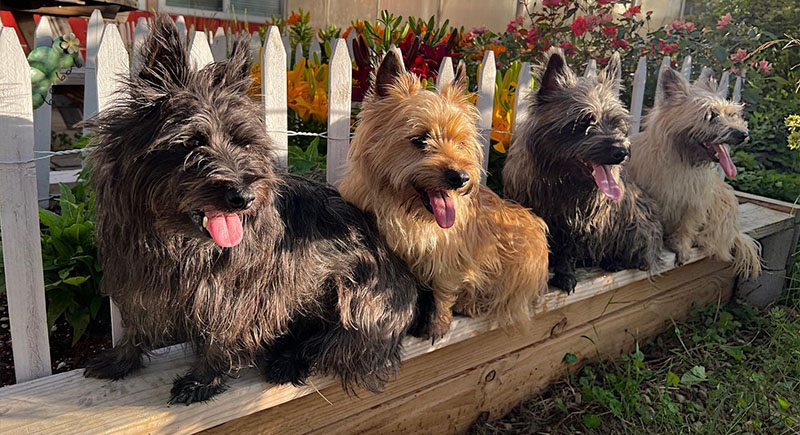
Credit: Instagram
Cairn Terriers are small but built for tough work, often tasked with rooting out foxes, rats, and even otters from rocky dens. Their wiry coats helped repel water, which was important for dogs working in Scotland’s damp climates. They were also often seen in groups, with several Cairns flushing out prey while others waited to pounce.
West Highland White Terrier (Westie)

Credit: Instagram
The Westie’s snow-white coat wasn’t an accident—it was the result of selective breeding by Colonel Malcolm of Poltalloch. After accidentally mistaking a reddish terrier for game, he decided to develop an all-white breed to avoid future mishaps during hunts. Westies were commonly used to protect grain stores from rats and other pests and often worked in tandem with other terriers.
Shetland Sheepdog
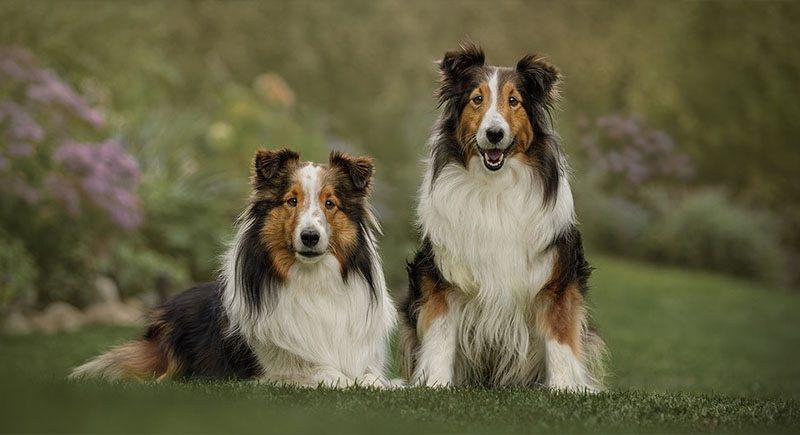
Credit: Instagram
Shelties, originating from the Shetland Islands, were bred small due to the limited resources available in the remote archipelago. Farmers needed a dog that could work tirelessly on little food, and the Sheltie fit the bill perfectly. They were also tasked with guarding vegetable patches from marauding sheep—a job requiring equal parts intelligence and speed.
Skye Terrier
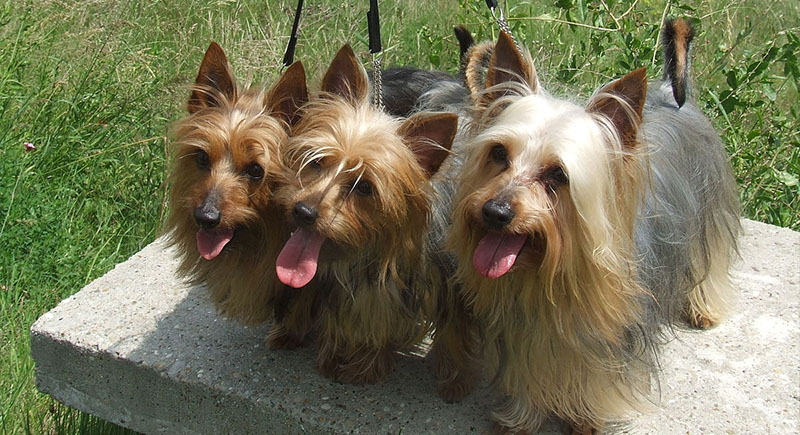
Credit: Wikimedia Commons
Skye Terriers were favorites of Scottish lairds and valued for their ability to hunt foxes and badgers. The breed is known for its loyalty—one Skye Terrier, named Greyfriars Bobby, famously spent 14 years guarding his owner’s grave in Edinburgh. Their long, silky coats were functional and protected them from the brambles and undergrowth they often encountered during hunts.
Scottish Terrier
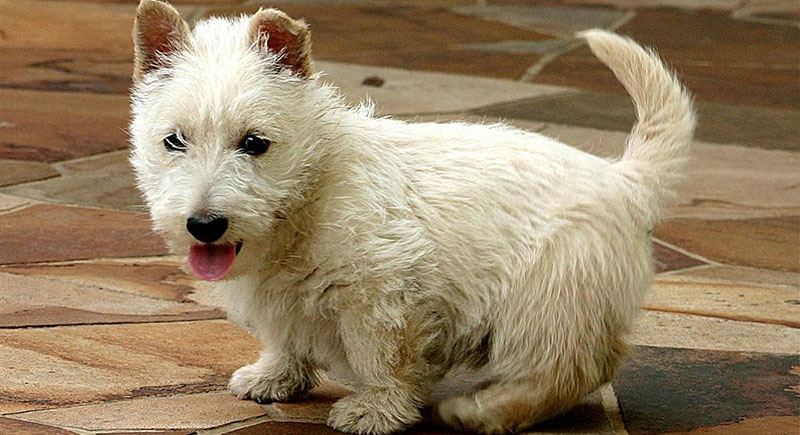
Credit: Wikimedia Commons
Scotties were initially bred to hunt badgers and foxes in the rugged Scottish Highlands. Their short legs and muscular build allowed them to dig into burrows with ease. These dogs have a historical association with Scottish independence; they were often seen as a symbol of national pride. They’ve even graced political campaigns, most famously as the favored breed of President Franklin D. Roosevelt.
Smooth Collie
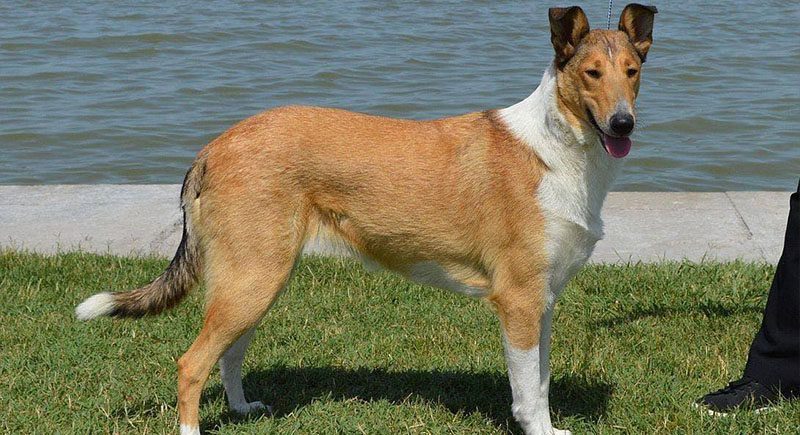
Credit: Wikimedia Commons
While the Rough Collie gets most of the spotlight, the Smooth Collie was equally important in Scotland’s herding history. With their shorter coats, they were better suited to lowland farming, where brambles and mud could hinder long-haired breeds. These dogs were bred for their ability to work quietly, using subtle movements to guide sheep without startling them—a skill highly valued by farmers.
Border Terrier
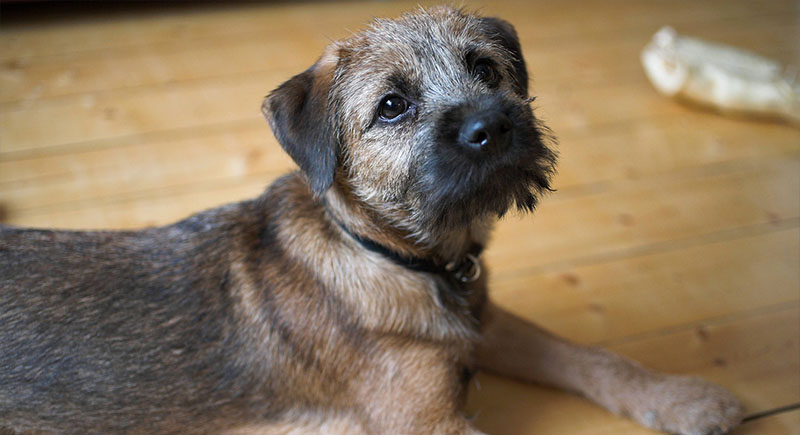
Credit: Wikimedia Commons
Border Terriers were bred to hunt alongside foxhounds with the purpose of chasing foxes out of their dens so the larger dogs could pursue them. Their narrow chests and wiry coats were designed for slipping through tight spaces and braving harsh weather. They were also skilled at navigating rocky terrain, which made them invaluable in Scotland’s border regions–thus the name.
Dandie Dinmont Terrier
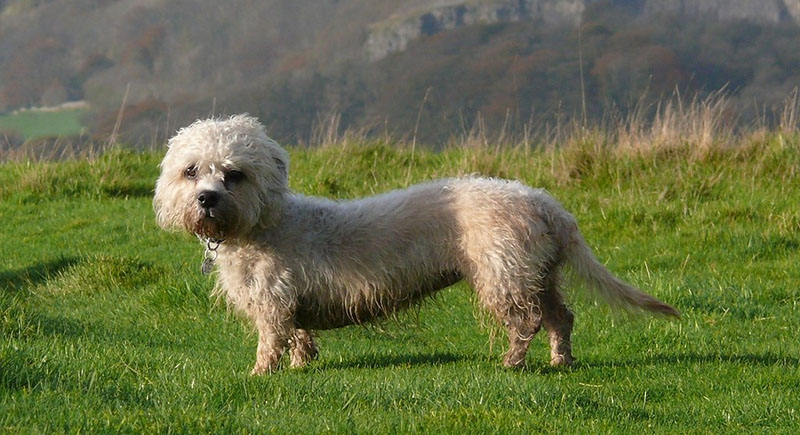
Credit: flickr
This is likely the only breed named after a fictional character—a farmer in Sir Walter Scott’s novel Guy Mannering. These terriers were prized for their unique ability to hunt otters by wading into streams to flush out their quarry. Their low-slung bodies and distinctive topknot made them stand out from other terriers.
Lurcher
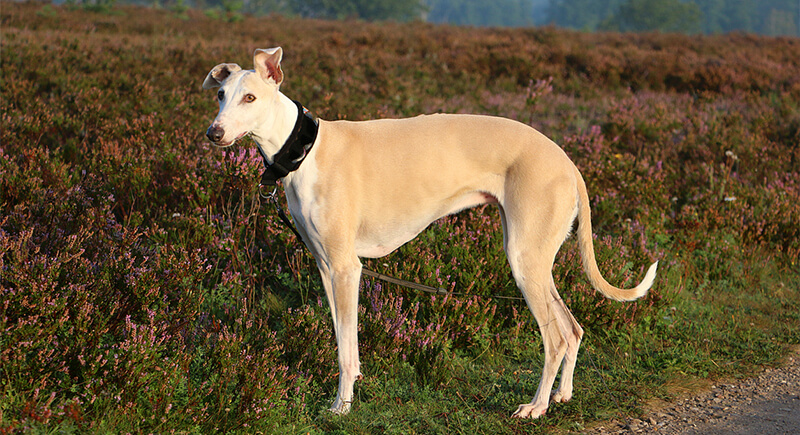
Credit: iStockphoto
The Lurcher isn’t a distinct breed but a mix of sighthound and working dog, bred for both intelligence and speed. Historically favored by poachers for stealth and agility, these dogs could chase down rabbits and hares with ease. Today, they’re calm and affectionate companions who transform into swift hunters outdoors.
Bulldog

Credit: Getty Images
Originating in England, the Bulldog was bred for strength and endurance in bull-baiting before becoming a symbol of loyalty and resilience. Stocky yet affectionate, this muscular breed embodies courage in a compact frame. Though not Scottish in origin, the Bulldog remains an enduring favorite across the British Isles.